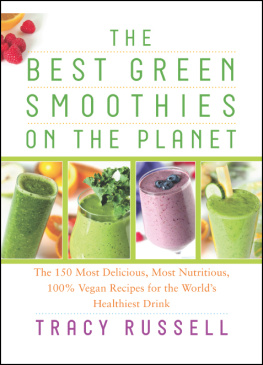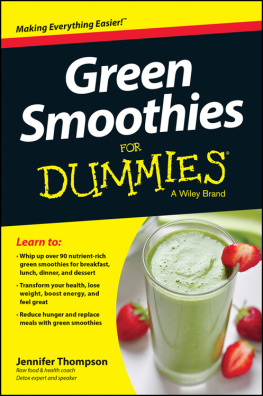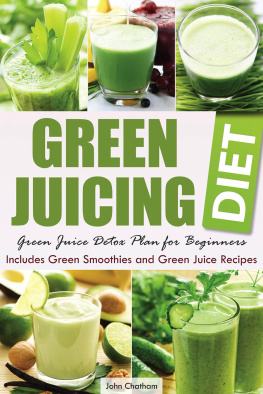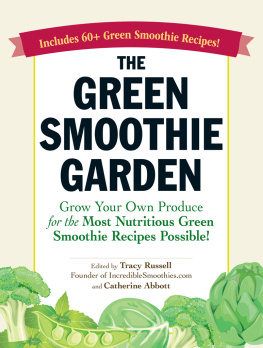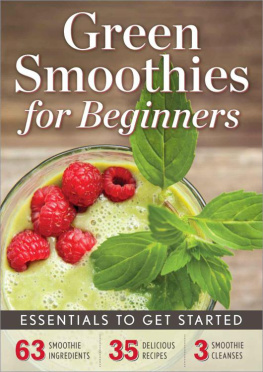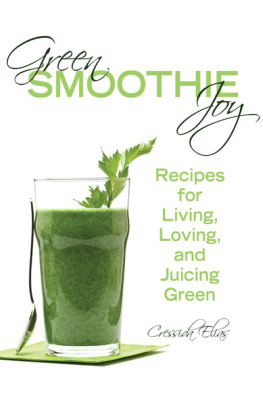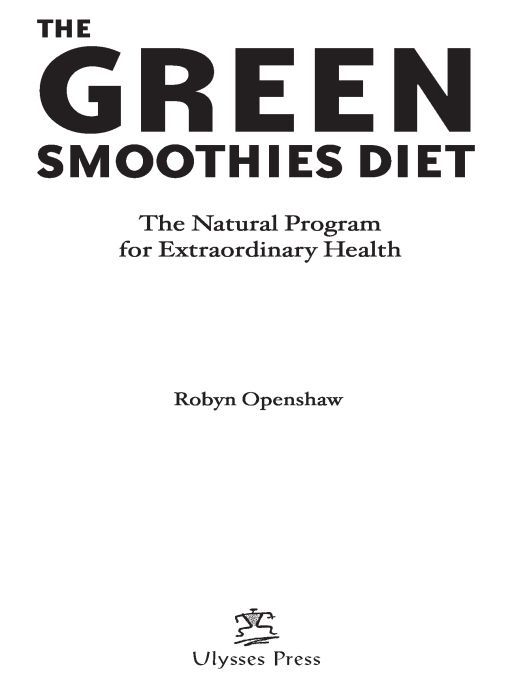Table of Contents
To Kincade, Emma, Mary Elizabeth, and Tennyson.
Thank you for your patience with all the first tries.
I love and appreciate you and am blessed to be your mom
beyond my vocabularys limited ability to express.
Introduction
In 2008, Pixar Animation Studios released a movie called WALL-E that enthralled my four children, ages eight to fifteen. In the movie, Earth has been abandoned by all humans because theyve so decimated their habitat with overconsumption that its no longer habitable.
Garbage and toxic waste are everywhere. A robot named WALL-E is the only life on the planet, and his task is to consolidate garbage. Meanwhile, a giant spaceship hovering over Earth houses the remaining humans. They are so spoiled with electronic entertainment and fast food that they no longer work, read, or play. They float around on hover chairs, too obese to walk, and if they fall out of the hover chairs, they shout helplessly until robots lever them back into their chairs and fetch them another milkshake.
The humans send a probe to Earth to try to discover any green life remaining. The probe is appropriately named EVE, the archetypal mother of all living. The surviving humans find hope for being saved, and are able to return to Earth, only when EVE finds a tiny green plant. Reminiscent of the biblical story of Noah, like the dove returning with an olive branch to signal the end of the flood, EVE returns to the ship with her tiny plant, to much rejoicing. (The crowd standing around the small plant triumphantly says, Well plant vegetable plants! And pizza plants!)
The fate of the entire world hangs on whether a little green plant may have survived. Granted, this is fiction, but what is the moral of the story?
In 2009, we now refer to anything that preserves our planet and slows our dreadful overconsumption habits as green.
And yet, despite our progress as environmentalists, most American children still eat no greens, ever. Research repeatedly yields the fact that vegetable consumption by our children is an abysmal one serving per day or less, and most of the vegetables that are, in fact, eaten by our children are potatoes in the form of French fries or potato chips.
How far off, really, are we from the fate depicted in fiction such as WALL-E? We live in a historic age where potatoes coated in chemicals and fried in toxic trans fats qualify as the highest nutrition most children eat in a day. Unless you count the vegetable that is the corn-syrup-heavy ketchup that those French fries are dipped in.
Mothers know instinctively, or perhaps from long tradition, to tell their children, Dont forget to eat your greens! Or perhaps thats just a clich, and todays generation of young mothers are the first not to say that. After all, how can they, if the mothers themselves are eating none, besides the occasional wilted piece of iceberg lettuce in a burger?
Why does this all matter? This book is my effort to document why going green, becoming environmentally conscious, and safeguarding our health must include careful examination of the quantity of green food that we eat. Well discuss how the key to our health does, in fact, lie in the little green plant. It lies in our ability to eat plentifully of the little green plants nature provided, taking their chlorophyll and their life force in the packages of enzymes, as well as their vitamins, minerals, and fiber.
Well discover a way to continue to live in this fast-paced, stressful world, but easily and with little time required, getting back to our roots of eating a wide variety of greens and other plants. In so doing, well reduce our carbon footprint, abuse animals less, consume fewer resources, contribute to the success of local growers, as well as dramatically increase our own health and abundant living.
My interest in writing this book began in my own, very personal experience, which I share with you next. I saw my familys lives change with the habit I teach here. I have felt compelledcalled, reallyto share the experience Ive had. Ive already done so with GreenSmoothieGirl.com, and have seen thousands lose weight, regain their energy, begin digesting their food fully for the first time in their adult lives, eliminate disease, and achieve new, transcendent states of emotional and mental peace. All from a simple little habit that takes ten minutes a day.
My Story
To understand how I came to be a whole-foods enthusiast and educator, I really have to go back two generations.
I was blessed to be raised by people who understood the value of a natural lifestyle. My grandmother did, even while surrounded by the early love affair Americans had with pills prescribed by medical doctors and a diet of processed food and abundant animal products. The 1950s occurred long before the information age. Truly, no one had any idea that drinking Cokes and milkshakes in the local diner, eating TV dinners at home, and scarfing down lots of what Ray Kroc served up at the Golden Arches was anything but American and patriotic. Everyone did it. My own grandparents and parents resisted pop cultures obsession with addictive bad foods to an impressive extent, but, like everyone else, they somewhat indulged in the pastimes and habits of the day.
My mothers parents owned a produce dealership servicing the southern states of Arizona, New Mexico, and Texas. They had large warehouses and trucks full of fruits and vegetables 365 days a year. This made for an interesting environment that has had positive effects for a couple of generations, tapering off only nowthat is, they were constantly trying to use up produce from the warehouses. Family legend has it that as my six uncles (and my dad, even though he was not yet married to my mom) loaded trucks in the warehouses during the summer, theyd purposefully drop watermelons on the asphalt because the rule was that you could eat the inventory only if it became unfit to ship.
Imagine rooms full of lettuce, spinach, pears, grapes, potatoes, jicama, carrots, grapefruit, and so much more available year-round. This is the world my parents and grandparents grew up in. They didnt really know it at the time, but my six uncles and my momand my six great-uncles and my grandfatherhad access to the ultimate disease-minimizing diet. They were constantly trying to eat produce before it went bad. They rarely ate meat; for them, meat and dairy products were expensive, whereas produce was virtually free.
Fast forward to the next generation. My mother raised a large family of eight children (including six sons!) on an almost-exclusively plant-based diet. Although she was ahead of her time, she did this not because she understood the health implications, but rather because, unlike the rest of America, shed never developed a love affair with animal flesh. She didnt even know how to cook a steak, an event that never happened once as I was growing up. On a rare occasion, shed serve something with hamburger or chicken in it.
Mostly, we ate green salads and fruit for dinner, with potatoes or legumes (beans) of some kind. As a teenager, I learned to make six loaves of homemade whole-wheat bread every week, with wheat and soybeans I ground myself in our big Magic Mill grinder that sounded like a jet engine in the garage. For school lunch, while my peers ate greasy pizza, we had the same thing every day: a peanut butter sandwich with that dense whole-grain bread, an apple, and a carrot. For breakfast, we ate homemade oatmeal or Cream of Wheat, a ration of really awful-tasting unsweetened grapefruit juice from the military commissary, and a big handful of vitamins.


